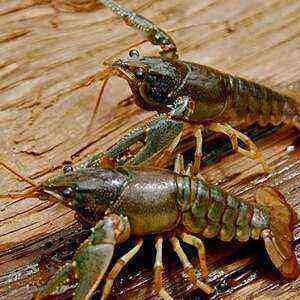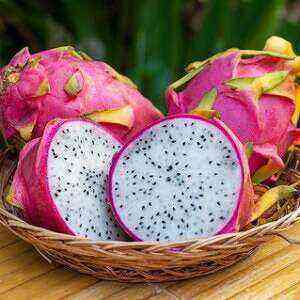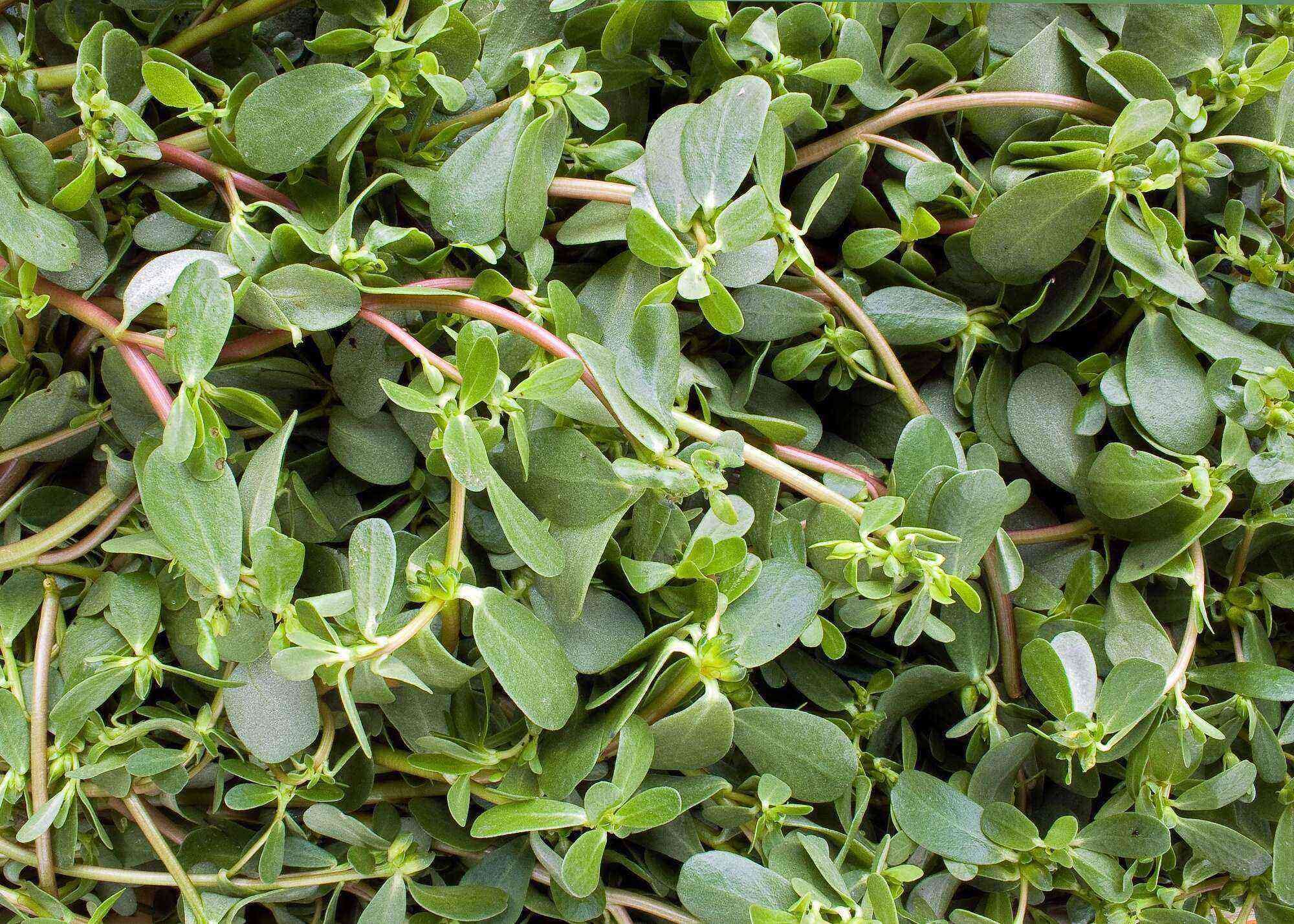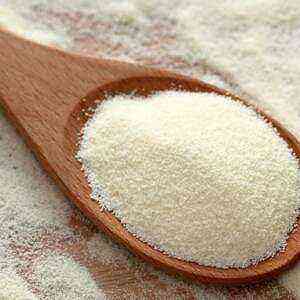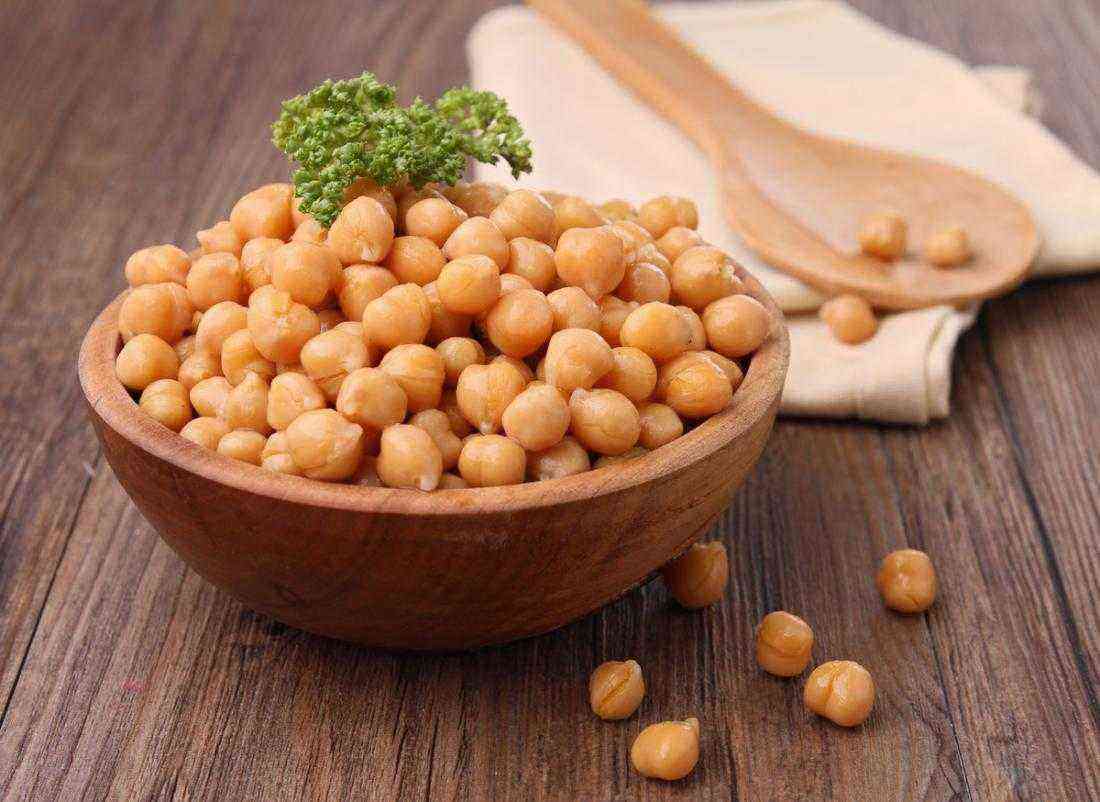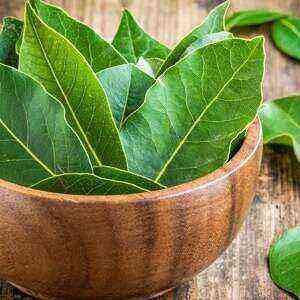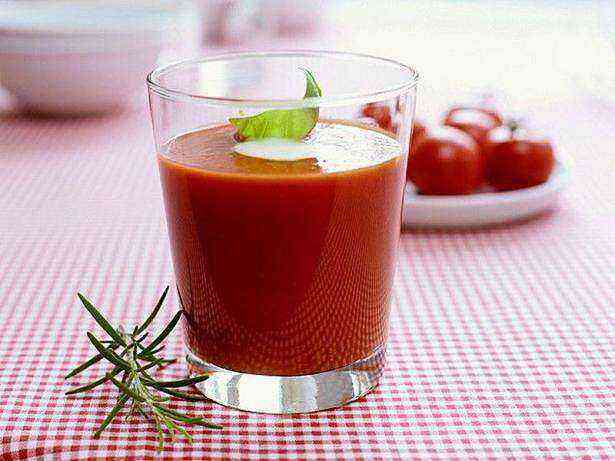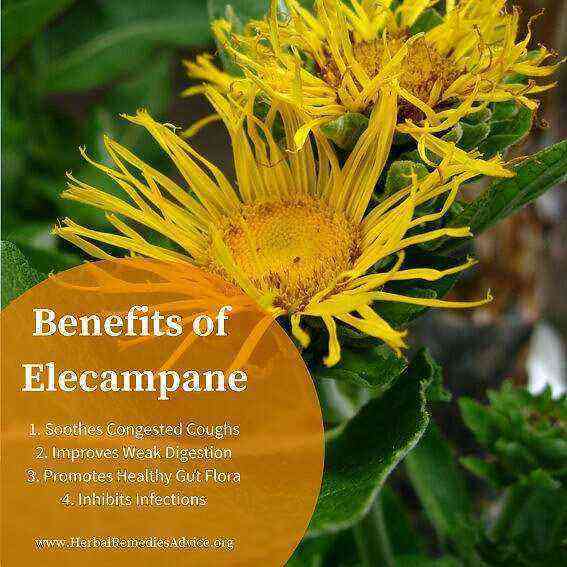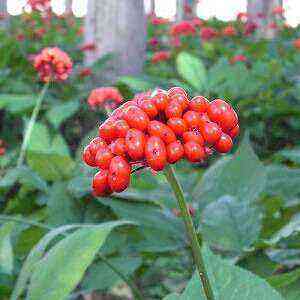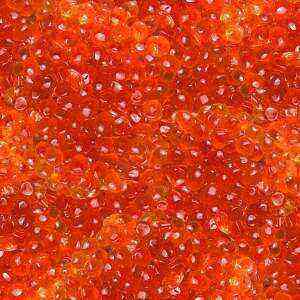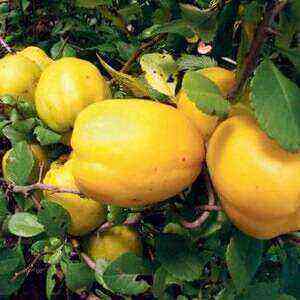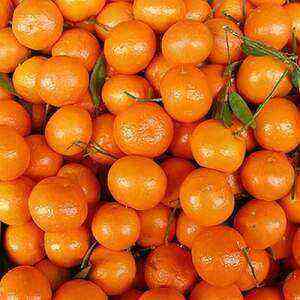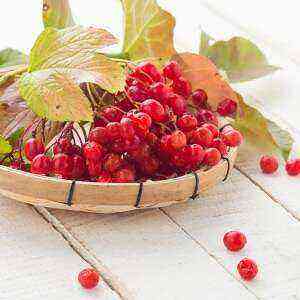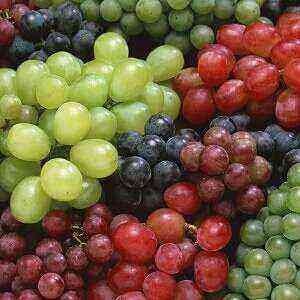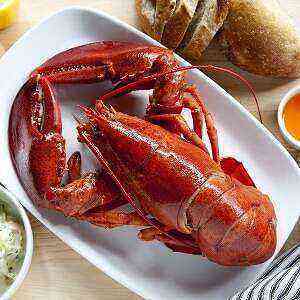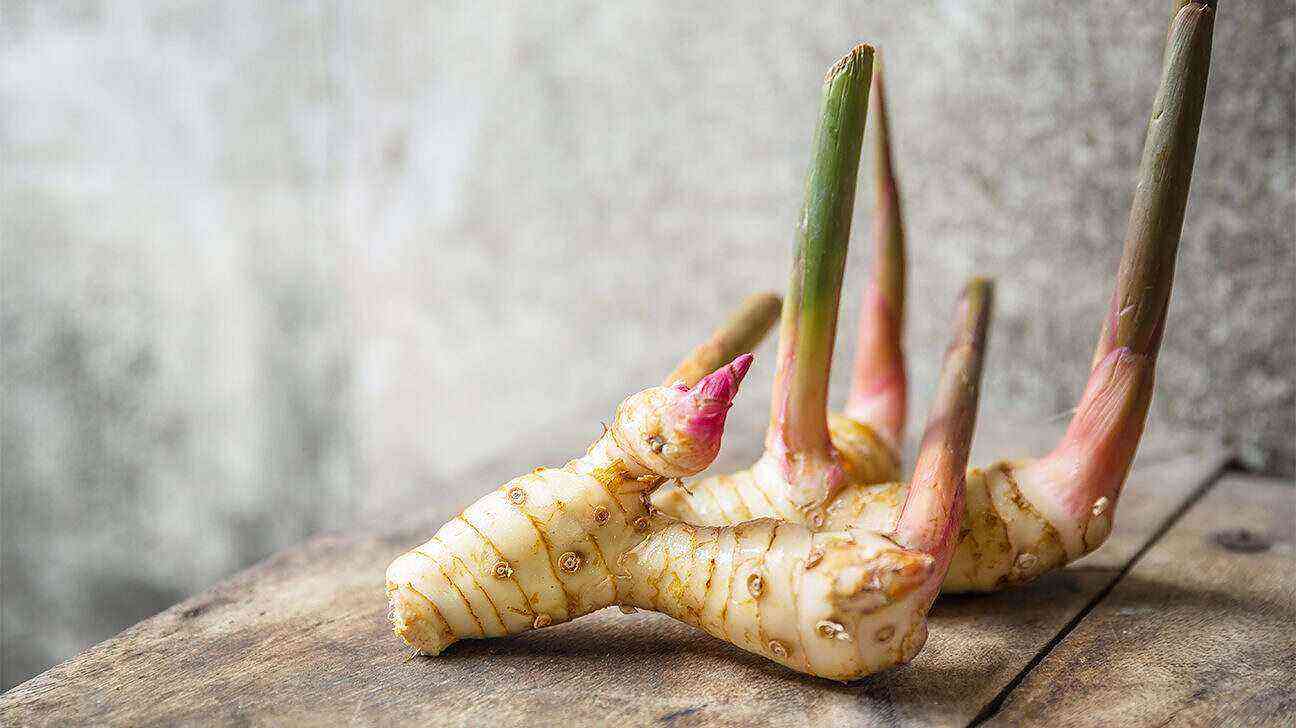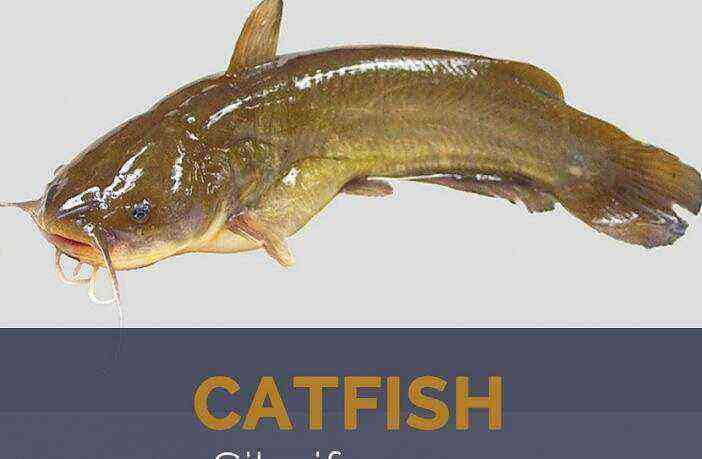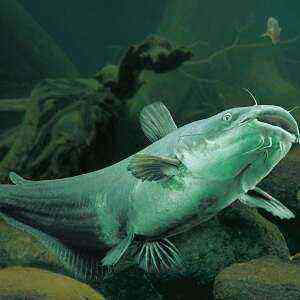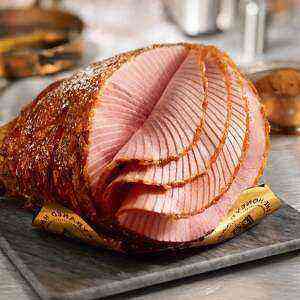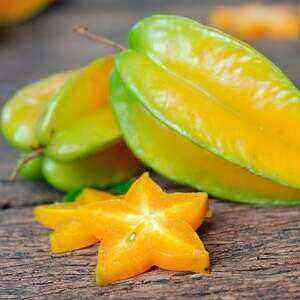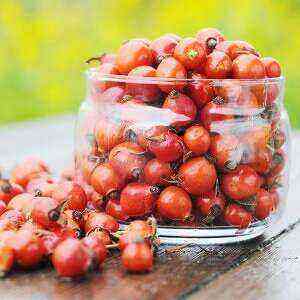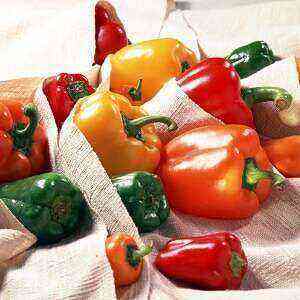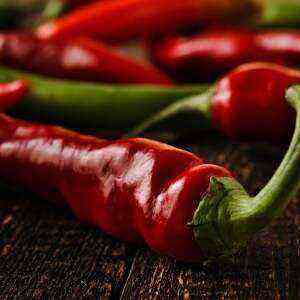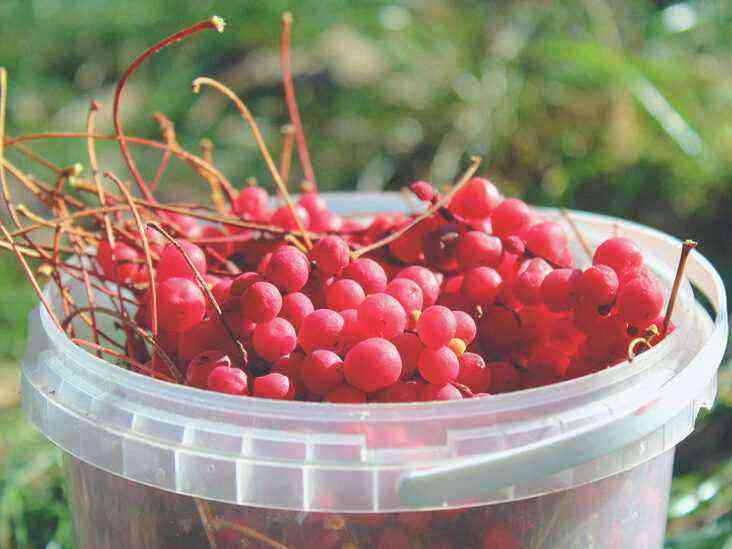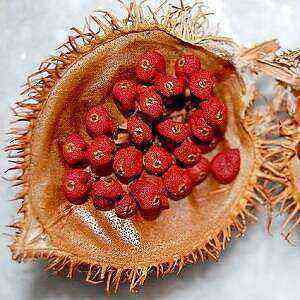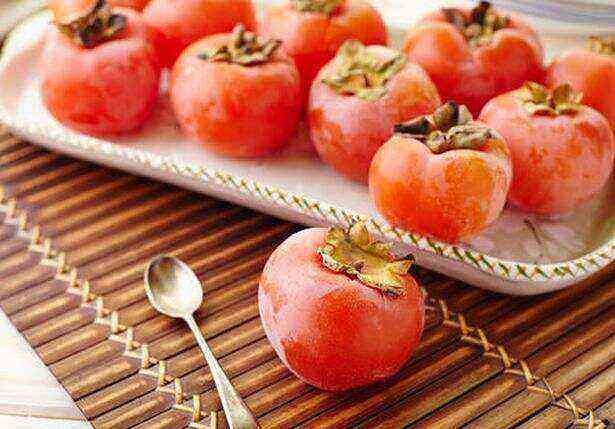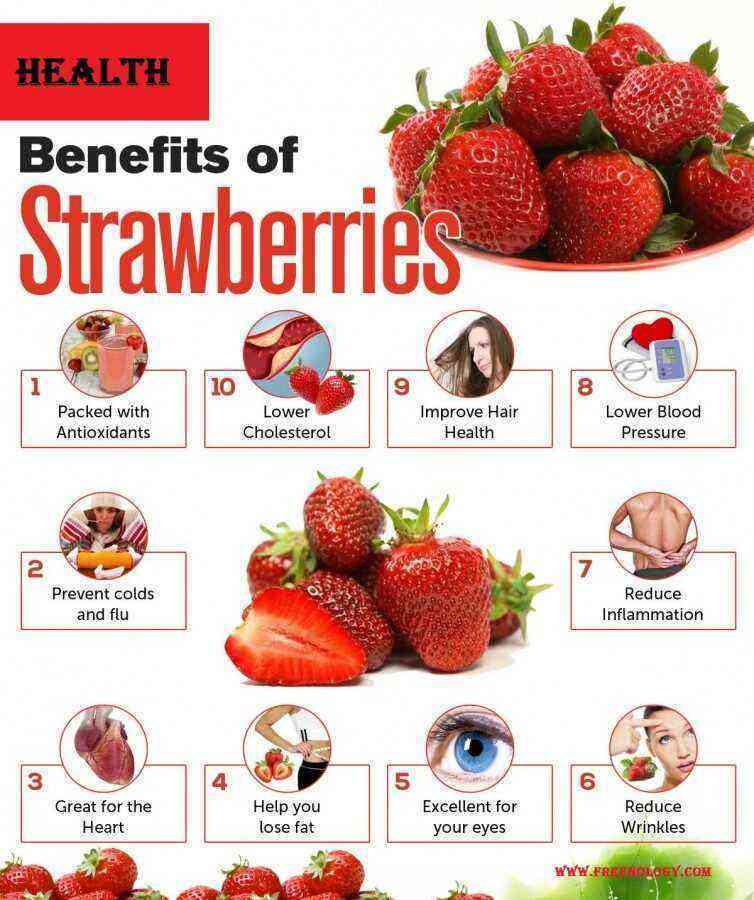 Pumpkin is a healthy food product that can rightfully be called a natural multivitamin. All the substances that make up the bright pulp do not lose their benefits even during heat treatment. Plus, pumpkin seeds are another health pantry. It is recommended not to throw them away, but to dry and preserve them: in the spring they will help prevent vitamin deficiency and other health problems.
Pumpkin is a healthy food product that can rightfully be called a natural multivitamin. All the substances that make up the bright pulp do not lose their benefits even during heat treatment. Plus, pumpkin seeds are another health pantry. It is recommended not to throw them away, but to dry and preserve them: in the spring they will help prevent vitamin deficiency and other health problems.
Ornamental varieties of this plant can decorate the interior and delight the eye with bright colors and flawless shapes. Back in the old days, when sweets such as ice cream and chocolates were rare, a slice of baked sweet pumpkin was considered a real treat. The secret of the longevity of our ancestors can be explained by the fact that their daily diet was rich in healthy foods. Not possessing special knowledge, they, based on personal experience, were convinced of the beneficial effect of pumpkin on the body.
A bit of history
The pumpkin is an ancient culture. It came to Europe in the 20th century from Central America after potatoes and tobacco. Today, more than XNUMX varieties of this vegetable are known, differing in taste, color and size.
In many countries, pumpkin is rightfully considered the queen of vegetables. The American Indians were of the opinion that it is a cosmic eye that connects a person with the universe. The British believed that when sowing a pumpkin on Holy Friday, an oak would grow.
How it grows
Pumpkin is a dioecious, monoecious, annual herb. It has a very powerful root system, which consists of the main taproot, the penetration depth of which is 1–1,7 m, and small, lateral, adventitious suction roots. Most of them are located at a depth of 40–50 cm, while other roots can penetrate 4–5 m deep. Lateral horizontal branches of the roots from the stem can spread over a radius of 4–5 m and more. The roots of one plant can have a total length of up to 25 km.
The creeping stem of a pumpkin can grow up to 4–5 m. From the main stem there are shoots of the first order, and from them – the second order, etc.
The leaves of the plant are rather large, have long cuttings, and can reach up to 25 cm in diameter. Flowers and tendrils appear in the axils of each leaf. The varieties that are more resistant to drought and heat are characterized by the presence of a strongly lined leaf blade. In some of them, aerenchyma can form – airborne tissue under the epidermis, the purpose of which is to protect the leaf from overheating. Some gardeners may mistakenly take areas of aerenchyma on a leaf surface for traces of disease.
The plant has large flowers of orange or yellow color. Female flowers can differ in size, color and shape, depending on the variety and type of pumpkin. Flowers are predominantly single, unisexual, but hermaphroditic flowers can also be found. The number of male flowers exceeds the number of female flowers by 20-25 times. Females are more often located on the lateral braids of the first order, and males – on the main stem.
The fruit of the plant is a multi-seeded false berry (pumpkin), reaching large sizes and having a different color and shape (from serpentine to round). The seed cavity of the pumpkin contains the placenta with seeds. The flesh of the plant is distinguished by a variety of colors – from reddish yellow and orange to cream and white. In most varieties, fruits can weigh 4-10 kg, in large-fruited – about 100 or even 200 kg. Their diameter can reach up to 1 m.
The seeds are covered with a skin or they are naked, elliptical in shape, of different colors and sizes (depending on the variety). They are able to remain viable for 4–5 years. Pumpkin is a moisture and heat-loving plant: germination of its seeds begins at + 13–14 ° C, but the most favorable temperature for this can be considered + 20–25 ° C. The vegetable is extremely sensitive to temperature changes at an early age: it dies at -1 ° C. The growth of lashes and stems occurs at a temperature not lower than + 12-15 ° C, and the optimum temperature for fruit development is considered to be + 25-27 ° C.
Composition
The pumpkin fruit consists of a peel (about 17% of the total mass), pulp (up to 73%) and seeds (about 10%). Pumpkin is a natural source of many important minerals and vitamins that have a beneficial effect on the body.
Table 1 “The chemical composition of pumpkin” .
Component
Content, g per 100 g
Белки
1
Углеводы
4,4
Жиры
0,1
Пищевые волокна
2
Вода
91,8
Органические кислоты
0,1
Зола
0,6
Крахмал
0,2
Сахар
4,2
Vitamins mg
Vitamin A (retinol) 0,25 Vitamin B1 (thiamine) 0,05 Vitamin B2 (riboflavin) 0,06 Vitamin B5 (pantothenic acid) 0,4 Vitamin B6 (pyridoxine) 0,1 Vitamin B9 (folic acid) 0,0014 Vitamin B3 / PP (niacin) 0,7 Vitamin C (ascorbic acid) 8 Vitamin E (tocopherol) 0,4
Macro- and microelements, mg
Калий
204
Кальций
25
Натрий
4
Магний
14
Сера
18
Фосфор
25
Хлор
19
Цинк
0,24
Железо
0,4
Йод
0,001
Марганец
0,04
Медь
0,18
Фтор
0,086
Кобальт
0,001
The energy value of pumpkin – 22 kcal.
Useful Properties
Pumpkin is a very healthy product. This is almost a waste-free vegetable, because both pulp and seeds can be used as food.
High potassium content strengthens blood vessels and improves heart function farmer-online.com.
A successful combination of potassium with magnesium is beneficial for women who care about their shape. This combination will help the body get rid of excess water and, as a result, cellulite. For the same reason, pumpkin puree is recommended for people who suffer from edema associated with renal pathology.
Pumpkin is rich in iron, so it should be included in the diet of people who have anemia .… This mineral is found not only in the pulp of the vegetable, but also in its seeds. By consuming several handfuls of seeds daily, you can satisfy the body’s daily need for this trace element. Iron plays an important role in the activity of the immune system, the formation of interferon and phagocytes, so dishes made from this vegetable are very relevant during an epidemic of ARVI and influenza.
Zinc present in pumpkin is involved in building the skeletal system. It is not for nothing that rural women who regularly consume this useful product are less likely to encounter cases of age-related osteoporosis than urban women of the same age.
 The content in the body of men zinc is directly related to potency. When it is deficient, sexual weakness occurs. Therefore, women who expect their men to do their best in bed should be fed them dishes with the addition of pumpkin.
The content in the body of men zinc is directly related to potency. When it is deficient, sexual weakness occurs. Therefore, women who expect their men to do their best in bed should be fed them dishes with the addition of pumpkin.
Pumpkin is a dietary vegetable. Due to the low content of organic acids and coarse fiber in the pulp, it can be used for inflammatory bowel and stomach diseases ..
Any ophthalmologist will confirm that vitamin A, which is found in large quantities in pumpkin, prevents vision impairment. Dishes from this vegetable are shown to people who spend a long time at the computer: it allows you to compensate for high visual stress. Vitamin A, also known as retinol, has another useful property – it helps prevent the onset of oncology. Since pumpkin is also a source of natural beta-carotene, these substances in the complex allow you to resist the emergence of any neoplasms. For persons with a hereditary predisposition to oncology, doctors advise taking courses of multivitamins, which contain beta-carotene and vitamin A. Do not forget that the absorption of retinol is best done with fats, therefore, when preparing porridge, it is advisable to cook it in milk or add to it vegetable or butter.
This vegetable is enriched with rare vitamin T, which is very important for the body. It helps the digestive organs cope with the digestion of fatty foods and prevents obesity .… That is why it is recommended to serve pumpkin puree with beef and pork dishes as a side dish. This is especially true for people with impaired metabolism, who easily gain extra pounds.
Contained in pumpkin in large quantities, the powerful natural antioxidant vitamin E allows you to maintain the necessary level of elasticity, freshness and firmness of the skin. It is useful for women planning a pregnancy, because it is precisely due to a deficiency of vitamin E that female infertility can occur.
Pumpkin is very rich in fiber – a real “broom” for the intestines, removing all unnecessary. There is a direct link between the strength of the immune system and healthy intestinal activity. Therefore, by keeping the intestines working without constipation and other problems with the help of pumpkin, you can avoid many diseases resulting from a weakened immune system.
Pumpkin contains a lot of pectin, which helps to eliminate chlorides and “bad” cholesterol from the body. The composition of many drugs for removing radionuclides from the body includes pumpkin pulp extract. It is recommended to be eaten by patients who suffer from diseases associated with high salt content in the body: gout, rheumatism, osteochondrosis.
Due to the ability to remove toxins and excess salts from the body, pumpkin is useful for diseases of the kidneys and liver. The use of this vegetable, especially in the form of freshly squeezed juice, can improve a person’s health in case of exacerbation of colitis, cholecystitis, as well as gallstone disease.
In addition, pumpkin produces a mild antiemetic effect, so it is advised to eat it for women during pregnancy: this product copes well with the manifestations of toxicosis without harm to health. The pumpkin diet is also effective for seasickness.
Pumpkin porridge, due to its high content of vitamins and minerals, is extremely useful in baby food. Pediatricians recommend more often preparing meals with the addition of this vegetable to children who suffer from hyperactivity: it is able to calm the child’s nervous system.
Medical recipes
- For hepatitis and other liver diseases, the following recipe will be useful. A glass of pumpkin seeds must be dried, chopped in a blender, and filled with a glass of olive oil. Then, in a water bath, you need to boil everything, cool and insist for seven days in a dark place. Strain everything and drink three times a day before meals.
- To prepare a remedy for prostatitis, you need to grind two glasses of unpeeled fresh seeds in a blender, add a glass of honey to them and mix everything. Form the mixture into balls the size of a quail’s egg and refrigerate. Suck up one scoop every day half an hour before a meal.
- For insomnia, use the following recipe: Dice 100 g of pumpkin pulp, sprinkle with sugar and eat it an hour before bed. Sugar can be replaced with honey.
- In case of violation of urination, it is recommended to eat pumpkin porridge three times a day.
- To prepare a remedy for the treatment of anemia, cut the pumpkin into cubes, cover with a glass of water, add herbs and a teaspoon of olive oil to this mixture. Next, you need to extinguish everything and use it three times a day.
Is it possible to preserve useful properties after processing
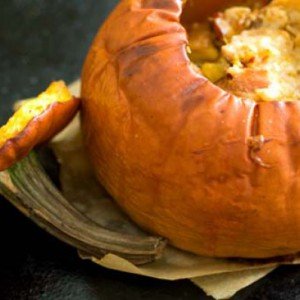 Pumpkin is used in any form: raw, baked, boiled, frozen. Fresh pulp is considered the most effective, but a frozen product is also able to retain almost all useful properties, while it can be used at any time of the year due to its long-term storage.
Pumpkin is used in any form: raw, baked, boiled, frozen. Fresh pulp is considered the most effective, but a frozen product is also able to retain almost all useful properties, while it can be used at any time of the year due to its long-term storage.
The beneficial substances of the vegetable are also preserved when it is baked. Baked pumpkin has diuretic, laxative and choleretic effects. First of all, it is useful for people suffering from cardiovascular diseases and overweight: this dish can significantly reduce the load on the heart. The vegetable can be baked in small pieces or whole, in a peel.
The Persian doctor Avicenna wrote about the medicinal properties of boiled pumpkin .… He considered it an excellent remedy for the treatment of lung diseases and chronic coughs. To prepare it, you need to divide the fruit into two parts, remove the seeds and cut into medium-sized pieces. Then you need to send everything to boiling water, salt and cook for half an hour.
There is another way to preserve the beneficial properties of the vegetable – it can be dried. In dried form, pumpkin gives strength during physical activity, has a beneficial effect on the digestive organs, and strengthens memory. And most importantly, it is a semi-finished product that practically does not need additional processing.
The benefits of pumpkin juice
From pumpkin, you can get a healthy juice of a thick consistency with a pleasant honey taste, which retains almost all the substances necessary for the body. In addition to a rich set of minerals and vitamins, it has pronounced antioxidant properties. In case of a flu epidemic or the threat of a cold, it is recommended to drink 200 ml of pumpkin juice every morning to boost immunity. Due to its concentration, it helps well with increased nervous excitement, hemorrhoids, constipation, and vomiting. In addition, this juice can also be used to remove kidney stones.
The drink also benefits from its high pectin content, due to which it has a regenerating and rejuvenating effect. These abilities have found application in cosmetology. Pumpkin juice lotion helps to eliminate skin redness, copes well with acne, and provides skin regeneration at the cellular level. However, persons with increased gastric acidity should not abuse pumpkin juice, since it is the pectin in its composition that contributes to the occurrence of heartburn and nausea.
A freshly squeezed drink is indicated for people suffering from seasonal depression. It’s all about the successful combination of vitamin C with almost all vitamins of group B. This combination allows, on the one hand, to relieve fatigue, tone up, give strength, and on the other hand, to calm the nervous system.
Pumpkin juice is useful for people who have impaired blood clotting. Vitamin K, which is present in the drink, will help eliminate this problem. Its deficiency is especially acute in old age.
The benefits of pumpkin seeds
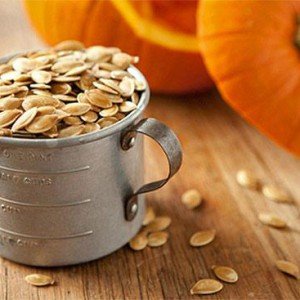 Pumpkin seeds contain a fatty oil (about 40%) and a large amount of protein. Despite the high calorie content, they are very useful for the body due to the high content of vitamin E, zinc, salicylic acid and other elements.
Pumpkin seeds contain a fatty oil (about 40%) and a large amount of protein. Despite the high calorie content, they are very useful for the body due to the high content of vitamin E, zinc, salicylic acid and other elements.
Raw seeds are rich in cucurbitin, a substance that has an anthelmintic effect. Therefore, they are advised to take half a glass on an empty stomach in order to prevent or treat helminthiasis. .… Pumpkin seeds, of course, are less effective than synthetic antiparasitic agents, but they have a number of advantages over them: they do not cause side effects and allergies, are pleasant to the taste, are available to everyone and are harmless. Thanks to this, such seeds can be used to eliminate an unpleasant disease in pregnant women and children. On the basis of pumpkin seeds, the drug “Tykveol” was created, which is used to treat liver pathology.
Due to the high zinc content, pumpkin seeds are widely used in cosmetology (both externally and internally) for problems such as seborrhea, dandruff, acne and others. They are also recommended for the stronger sex, since zinc also helps to increase potency and the production of male hormone.
It is imperative to take into account the fact that pumpkin seeds can sometimes harm the body. Due to their high calorie content, it is undesirable to include them in the diet for people prone to overweight. In addition, overuse of pumpkin seeds can cause inflammation of the stomach lining. This can be provoked by the salicylic acid contained in this product. [8].
The benefits of pumpkin oil
Pumpkin seeds are cold pressed to produce oil with unique healing properties. It contains vitamins and minerals, as well as essential phospholipids and flavonoids of plant origin.
The introduction of such oil into the diet prevents atherosclerosis, neurosis, normalizes hormonal levels in women and men, and removes cholesterol. A similar product is also used in cosmetology for skin and hair.
Before using pumpkin oil, it is recommended to consult a doctor, as it has a choleretic effect, and if used improperly (especially in large quantities), it can harm health.
Pumpkin in cooking
Pumpkin dishes are the key to good health and well-being. This product is perfectly absorbed by the human body. Most pumpkin dishes cook very quickly.
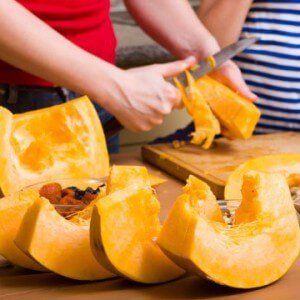 This vegetable is used in cooking in many countries around the world. In America, pumpkin is the main ingredient in the traditional Thanksgiving pie. In South Asia, desserts are predominantly made from this product. In Japan, small pumpkins are chosen for tempura. In Thailand, this small vegetable is steamed and stuffed with mustard. Italians, on the other hand, often use pumpkin with cheese as a filling for ravioli.
This vegetable is used in cooking in many countries around the world. In America, pumpkin is the main ingredient in the traditional Thanksgiving pie. In South Asia, desserts are predominantly made from this product. In Japan, small pumpkins are chosen for tempura. In Thailand, this small vegetable is steamed and stuffed with mustard. Italians, on the other hand, often use pumpkin with cheese as a filling for ravioli.
The simplest recipe is pumpkin pulp puree. To do this, it is cut into cubes or grated, stewed until soft under a lid, then kneaded with a potato crusher or spoon. The puree can be spicy, salted, or sweet to taste. You can add spices, herbs and herbs to it to diversify the taste of the dish.
The pumpkin mass can be harvested for future use and stored in the refrigerator for some time. It goes well with potatoes, tomatoes, carrots, zucchini and other vegetables, as well as meat or minced meat. Pumpkin can be used to make pies, pancakes or pies.
Used in cosmetics
Pumpkin is widely used in cosmetology. For example, rubbing a piece of pulp on your skin every morning can help get rid of acne. In addition, this ingredient is found in various face masks, some of which you can make yourself.
For dry skin
In 3 tbsp. l. boiled pumpkin pulp add 1 tbsp. l. olive or peach oil, mix everything thoroughly. Apply to skin for 20 minutes, then rinse with cool water.
For oily skin
Mix three tablespoons of raw pumpkin gruel with a teaspoon. honey and yolk, heat the mixture in a water bath to a temperature of 40 ° C, stirring continuously. Apply the gruel to the face, except for the nasolabial triangle and the area around the eyes, for 15 minutes, then rinse with warm water. This mask is also effective for acne.
Toning mask
Grate the pulp, squeeze out the juice, moisten a cotton pad and wipe your face with it. After 10 minutes, wash yourself with warm water. Alternatively, you can apply the grated pulp for 15 minutes.
For losing weight
Pumpkin is a low-calorie vegetable, which is why it is often used in a variety of diets. Regular use of this product helps to accelerate metabolism, as a result of which the body absorbs food more easily and digests it. This prevents possible metabolic problems and the accumulation of fats and harmful substances in the body.
 Thanks to the low calorie content, pumpkin dishes can be consumed every day without worrying about the possibility of gaining excess weight. The high fiber content in this vegetable allows you to use it to cleanse the body.
Thanks to the low calorie content, pumpkin dishes can be consumed every day without worrying about the possibility of gaining excess weight. The high fiber content in this vegetable allows you to use it to cleanse the body.
There is a special pumpkin diet. Its main principles are as follows farmer-online.com:
- remove salt and sugar from the diet;
- exclude alcohol and sweets;
- daily calorie content should not exceed 1200 kcal;
- food can be taken until 18:00, excluding snacks;
- drink only coffee without added milk, tea or still mineral water.
The diet menu can be varied; you can compose it yourself, observing the above rules. Pumpkin can be used to make soups, cereals, salads, and can be eaten frozen, dried, baked or boiled.
Pumpkin porridge
Cut a small pumpkin in half, remove the seeds, cut the peel so that only the pulp remains. Then it must be rinsed and cut into cubes, 300 g of which must be poured with a glass of water and stewed for 15 minutes over low heat. Then add 200 g of oatmeal and cook for 30 minutes without adding salt and sugar.
Pumpkin soup
Take 200 g of pumpkin, potatoes, red bell pepper and cut into cubes. Chop greens, grate carrots and add to previously cooked vegetables. Then you need to pour in water and cook until tender.
Pumpkin salad
On a coarse grater, grate the pumpkin pulp, green apple and carrots in equal parts. Mix everything, season with natural yogurt.
Vegetable stew
Dice the pumpkin, tomatoes, potatoes and eggplant in equal parts. Pour everything into a frying pan greased with olive oil, pour in 0,5 cups of water and simmer until tender. Add parsley, rosemary, dill.
At the end of the diet, you need to switch to a normal diet, but be sure to limit the consumption of sweets. In no case should pumpkin be deleted from the diet.
Contraindications and harm
Apart from the positive effects, pumpkin can also be harmful to the body. It is not recommended to use this vegetable in the presence of the following pathologies [9]:
- severe diabetes mellitus;
- alkali acid imbalance;
- gastritis with low acidity;
- an ulcer of the stomach or duodenum;
- any diseases of the digestive system during the period of exacerbation.
Some individuals who have tried the pumpkin for the first time may experience bloating. So people should avoid eating this vegetable.
Pumpkin is a wonderful gift from nature and a record holder for useful properties. It can be used not only in cooking, but also in cosmetology, as well as for the treatment of many diseases and weight loss. In the absence of contraindications, you can safely use this vegetable and get the maximum benefit from it.
Sources of
